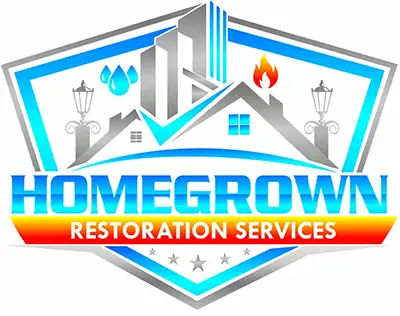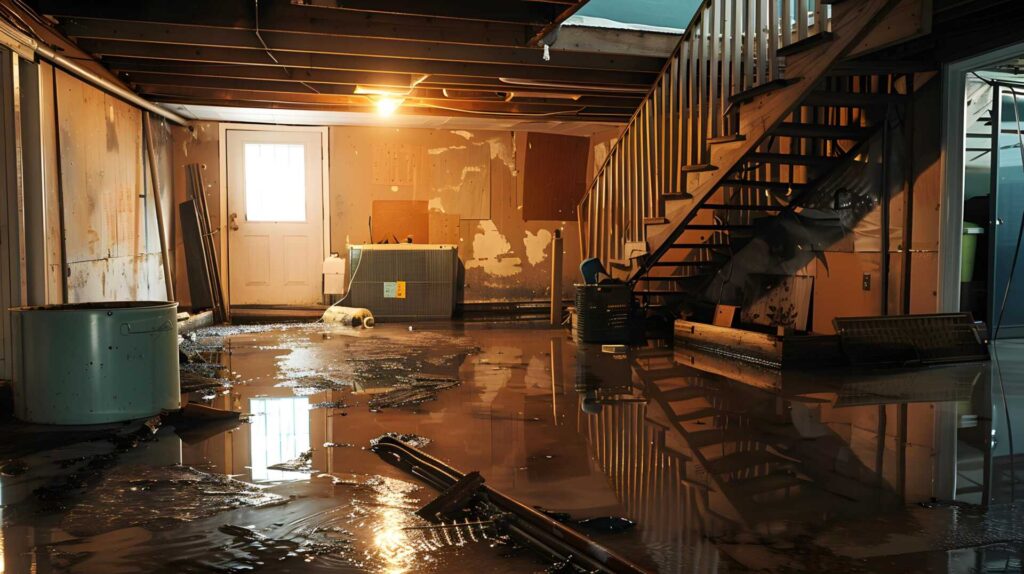When your basement floods, your kitchen pipes burst, or your bathroom overflows, knowing how to quickly and effectively remove water from your home can save you from extensive damage and costly repairs. You’ve probably considered a few standard methods, but are you aware of the best techniques that can handle the job swiftly? Among the top strategies are using vacuum water extraction systems, employing absorbent materials, and operating portable pumps—but that’s just the start. By understanding these methods in detail, you’ll be better equipped to tackle any water emergency that comes your way. What might surprise you are the lesser-known techniques that can be even more effective in certain situations.
Key Takeaways
- Utilize a high-quality wet vacuum to quickly remove standing water from affected areas.
- Apply large, dense sponges and absorbent pads to soak up residual moisture.
- Employ portable pumps, both submersible and non-submersible, for efficient water extraction.
- Use infrared technology to detect hidden moisture and prevent further damage.
- Engage professional restoration services for expert assessment and thorough drying techniques.
Vacuum Water Extraction Method
When dealing with water damage at home, the Vacuum Water Extraction Method is your most effective tool for removing standing water quickly. This approach leverages powerful suction pressure to pull water out of your carpets, flooring, and even furniture, making certain your space returns to normal as efficiently as possible.
To start, you’ll need the right equipment. Opt for a high-quality wet vacuum or a water extract vacuum specifically designed for water removal. The suction pressure on these devices is key—higher pressure means faster, more effective water extraction, reducing the time your home is susceptible to water damage.
Equipment maintenance is equally important. Regular checks and cleanups of the vacuum filters and holding tanks are imperative to keep the machine running at peak performance. Verify the suction remains strong; a drop in suction pressure can greatly slow down the process, leaving your home vulnerable for longer.
You’re not only using a tool; you’re engaging with a community of homeowners who’ve faced similar challenges. Sharing insights on effective practices, like the importance of swift action and thorough drying post-extraction, can help others feel more prepared and connected.
Absorbent Materials Application
After removing the bulk of the water using the Vacuum Water Extraction Method, it’s time to focus on moisture that may linger in less accessible areas. This is where the application of absorbent materials comes into play, ensuring you’re not left with hidden damp spots that could lead to mold and mildew.
You’ll start with a sponge application. Sponges are incredibly effective at soaking up residual moisture from surfaces like walls and tight corners. Opt for large, dense sponges that can hold a substantial amount of water. Press the sponge firmly against the wet areas and wring it out regularly. This method isn’t merely practical but also prevents the spread of moisture to other areas.
Next, move on to absorbent pads. These are particularly useful for covering larger surfaces and can be left in place to soak up water. Lay the pads flat over wet floors or drape them over damp furniture.
It’s essential to check these pads frequently and replace them once they’re saturated. If you’re dealing with a notably wet area, layering multiple pads can enhance their effectiveness.
Portable Pump Usage
Using a portable pump can considerably expedite the water extraction process from your home. When you’re facing water emergencies, every minute counts, and having the right equipment saves time and minimizes potential damage. A portable pump is a powerful ally, enabling you to swiftly remove water from your flooded basement or any other area.
Firstly, understanding the types of portable pumps available is essential. Submersible pumps are ideal for deep water scenarios, while non-submersible pumps are better suited for less severe flooding. Whichever you choose, make sure it’s adequate for the volume and type of water you’re dealing with.
Regarding pump maintenance, always check the pump’s operation manual for specific care instructions. Regularly inspect hoses and connections for any signs of wear or damage. Make certain the pump’s intake screen is free of debris; a clogged screen can reduce efficiency or damage the pump.
After each use, clean and dry the pump to prevent corrosion and store it in a dry place.
Equipment safety is paramount, so never operate a pump in an enclosed space without proper ventilation to avoid exposure to harmful fumes. Always wear appropriate safety gear, like gloves and goggles, to protect yourself during the operation.
In addition, be mindful of electrical safety, especially around water. Use a ground fault circuit interrupter (GFCI) to power your pump to prevent electric shock.
As part of our community, sharing these tips helps everyone prepare better for unexpected flooding, making sure we all stay safer and more secure.
Infrared Technology for Moisture
Infrared technology revolutionizes the way you detect hidden moisture in your home, offering a precise and non-invasive method to identify potential water damage. Utilizing infrared scanning, you can quickly pinpoint areas of concern that aren’t immediately visible to the naked eye. This technique is essential in preventing minor leaks from escalating into costly repairs, ensuring that your home remains a safe and secure environment for you and your family.
When you employ infrared technology for moisture detection, you’re tapping into a sophisticated tool that reads temperature variations across surfaces. These variations can indicate the presence of moisture behind walls, under floors, or above ceilings—areas where traditional inspection methods might miss or require disruptive probing.
By identifying these cooler spots, infrared scanners provide you with a clear map of where moisture resides, allowing for targeted intervention.
Here’s how you can incorporate this technology into your routine home maintenance: First, consider hiring a professional equipped with a high-resolution infrared camera. This approach is highly recommended as it ensures accuracy and depth in the detection process.
Regular scans, particularly after severe weather or plumbing incidents, can be a game-changer.
Moreover, integrating infrared scanning into your preventative maintenance plan isn’t just about spotting existing problems. It’s also about peace of mind and creating a sense of belonging in a community that values proactive care and preservation of their homes.
Professional Restoration Services
While infrared technology helps you identify moisture issues in your home, addressing the aftermath of water damage often requires the expertise of professional restoration services. When you’re facing a crisis where every minute counts, these experts offer an emergency response that’s swift and effective. They’re more than contractors; they’re your allies in restoring safety and normalcy.
Professional restoration services understand the complexity of water damage. It isn’t merely about removing water; it’s about ensuring your home doesn’t suffer long-term effects like mold growth or structural weakening. You’ll find they use advanced techniques, from powerful water extractors to industrial-grade dehumidifiers, all aimed at drying out your home thoroughly and efficiently.
Moreover, these professionals work with precision. They assess the extent of damage using scientific methods and tailor their approach accordingly. This might involve removing water-soaked drywall, treating affected areas with antimicrobial solutions, or using specialized equipment to dry hard-to-reach spaces. Their goal? To mitigate the impact of water damage thoroughly.
You’re also not alone in this journey. Professional teams often help you navigate the often-overwhelming process of insurance claims, providing detailed reports and evidence of damage to ensure you get the support you need. It’s this holistic approach that makes them invaluable during such critical times.
In embracing professional restoration services, you’re not merely hiring help. You’re joining a community committed to resilience and recovery. They don’t just restore homes; they restore peace of mind, reinforcing that you’re supported and protected, no matter the challenge.
Review
In steering through the turbulent waters of home flooding, you’re well-equipped with these top-tier techniques. Employ a vacuum water extraction system for swift clearing, use absorbent materials to tackle lingering dampness, and deploy portable pumps for efficient water displacement. Don’t overlook infrared technology to disclose concealed moisture. For a thorough resolution, enlist professional restoration services. By adopting these methods, you’ll deftly minimize potential harm, ensuring your sanctuary remains secure and serene.

